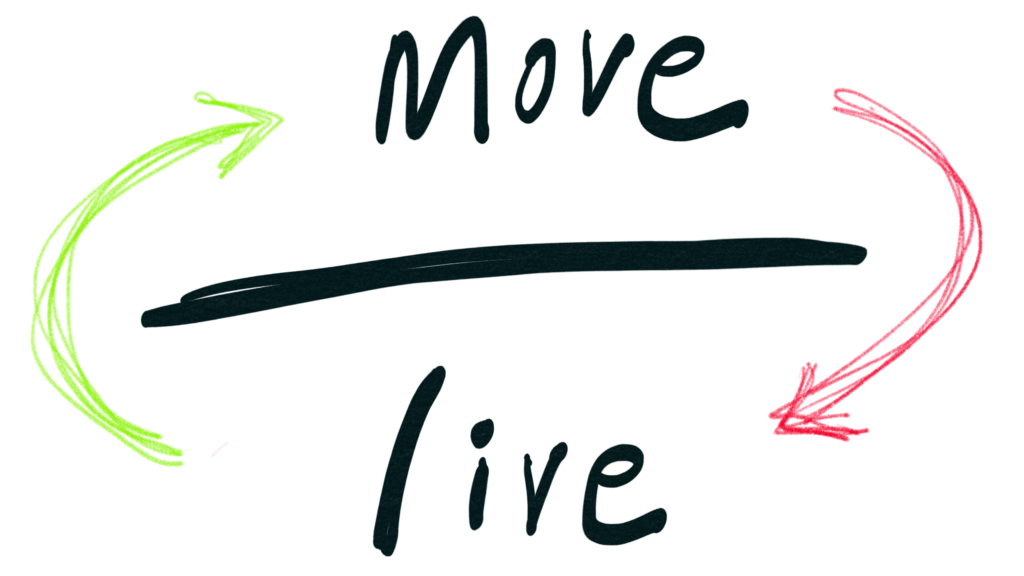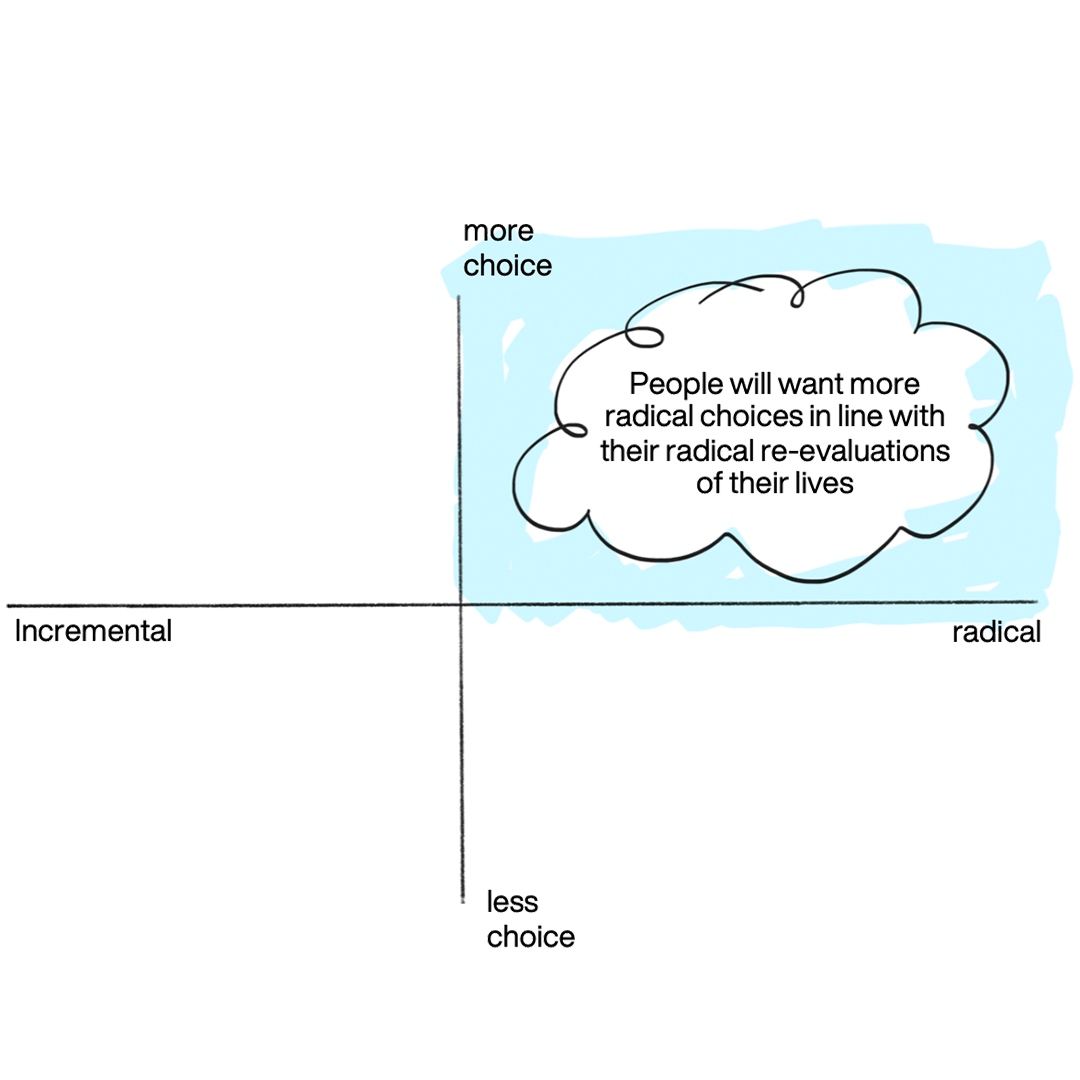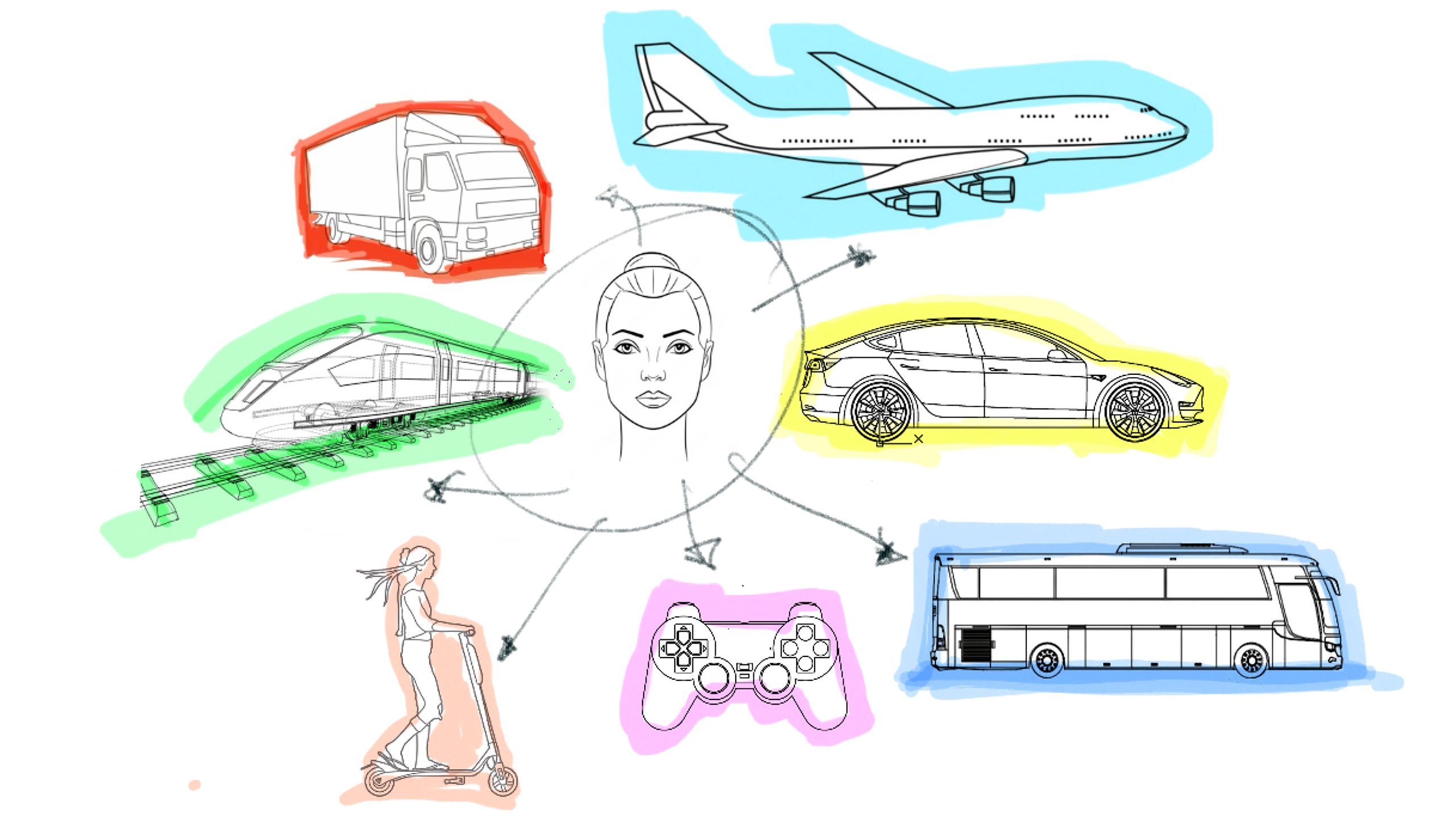Thinking
Heartbeat: A radically “new me”
Heartbeat: A radically “new me”
This deep Human Truth plays itself out at the very heart of the Move Arena.
Of this connection between how people choose to move around their daily lives and how they choose to live. Moving is living. These two actions are inseparable. Where living is moving and moving is living.
And so, companies competing in the Move Arena – i.e., those brands who are helping us travel, ship, drive, fly, deliver – are not only helping us move from point A to point B, but they are helping us live. To create new experiences. And providing us new choices. To change the environments in which we live. And in those changes, they create a “new me”. Where my new life is the product of how I choose new ways to move through it.
Out of the last two years of change, there are two really interesting things happening at the same time. The first, is that we are radically re-evaluating how we choose to live. Second, we have more – and radically different – ways to move.
In this episode of Heartbeat, we’ll unpack the intersection of these two major shifts:
You may have noticed the (over)use of the word, “radical”. We say this purposefully, because it’s the opposite of “incremental” – where small changes happened all the time. That’s how things were. Things changed incrementally, from year to year, event to event, experience to experience. But now, through the journey of “COVID, etc.”, we see people making radically different choices of moving and living – creating a “new me.” Changing who I am, how I live and how I move…all coming together in this radically “new me.”

We started to see this early on in the lockdown of COVID-19. People started to question their life’s bigger purpose. They started to challenge what they had always accepted as the given, as the norm, as the ways things were, being the way they had to be. And so, people started new hobbies, focused on themselves, went outside more, commuted less. Shopped more and went to stores less. Had more delivered and ate out less. These trends have been well reported.
But the insight isn’t about what’s changed ‘more or less’. What’s really interesting is that the majority of people have liked the changes.
We asked 504 people from China, India, the US, UK and Japan to explain how they changed “how they navigate their world” in the last two years.
52% of people are ‘somewhat’ to ‘very satisfied’ with how their lives have changed…and only 8% are very dissatisfied (with 30% neutral and 9% ‘somewhat dissatisfied’).
This shift, and these results, are profound for two big reasons. One, we know people are predisposed to stereotypically ‘hate change’. That’s not happening, in fact, it’s just the opposite. And two, the last two years have produced significant change, that is equally stereotyped as negative more than positive. But that’s not how people are emerging through the change…again, they kinda like the changes THEY are experiencing.
Of course, there’s a giant caveat – that these perspectives are shared by all in the context of people experiencing all kinds of change they haven’t liked – from losing their jobs to losing loved ones. This isn’t meant to overlook the enormity and hardship people are experiencing.
However, it does shine a light on the longer tail of progress being made as people experience new experiences they DO like.
And here’s where this “new me” emerged…and it began to show itself in the radically new choices people made in how they choose to move.

Tesla, AirBnB, Zoom, Blue Origin, Ford F-150 Lightning, same-day shipping, curbside pick, Uber Eats, driving a Ferrara 296 GTB in Fortnite. All of these choices are now radically different than what we had to choose from and the criteria we used to choose them even just even two years ago.
And true, many of these radically new experiences are easier options to choose for a more affluent consumer. But that’s kind of the point. The demand – for radically new experiences – is outpacing the supply, driving a price-premium of radically new experiences at the high end of the market.
However, the same motivations, the same re-evaluations that drive demand by the affluent are happening at all points along the spectrum of income, for the majority of consumers…it’s just that most brands haven’t caught up to offer radically new experiences to all the people who really want them.
Brands aren’t offering enough radically new experiences to meet the expectations and demands of the radically “new me” emerging.

People are re-evaluating themselves; people are experiencing new experience…and liking them. And they want more. More new. More different. More radically new than what they have been offered. More radically new experiences aligned with how they see themselves emerging from the last two years of change…as a radically “new me.”
Changing the way your business moves people, goods, services and/or experiences is a critical way to address the “new me”. In obvious ways, such as a Rivian would do. And in less direct, but equally impactful way, such as delivering films in your living room and food on your doorstep. The way customers choose whether and how to move is increasingly the main expression of the “new me” – from our most profound beliefs all the way to our functional everyday choices.

This is Heartbeat, Interbrand’s Human Truths platform. Each month we will be looking at what it means to be human and the issues that face us all in our everyday lives.